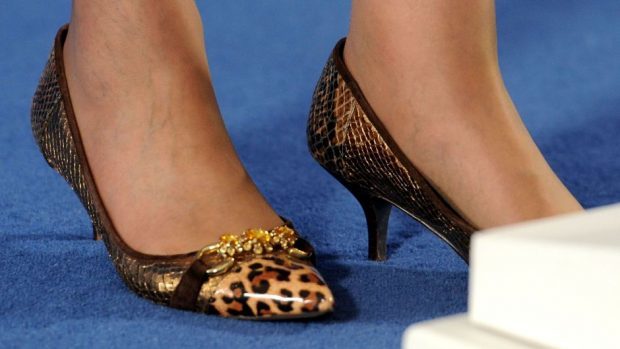Scientists have called for tougher laws to stop women being forced to wear high heels at work.
Aberdeen University researchers have carried out a review of scientific studies into the shoes and said more needs to be done to address the issue.
Studies show that wearing high heels increases the risk of developing musculoskeletal conditions from the spine to the toes and the chance of injury.
The UK Government rejected calls for a ban on enforced high heel wear earlier this year.
Ministers said existing laws are adequate to deal with discrimination following the case of receptionist Nicola Thorp, who was sent home after she refused to wear heels at work.
The Canadian province of British Columbia has already amended legislation to specifically prohibit employers from requiring staff to wear high heels.
Max Barnish, who led the research, said the study demonstrated there were complex social and cultural reasons that made wearing high heels attractive.
He added: “We feel the UK government should follow the lead of other authorities who have introduced specific laws to tackle this practice rather than simply relying on existing legislation which has left the situation in this country uncertain and open to misinterpretation.”
Dr Heather Morgan, a lecturer at Aberdeen University, added: “We hope this review will inform wearers to help them weigh up the health risks with social benefits, as well as putting pressure on law makers to toughen up legislation so that no one is forced against their will to wear them in the workplace or in licensed public social venues.”










